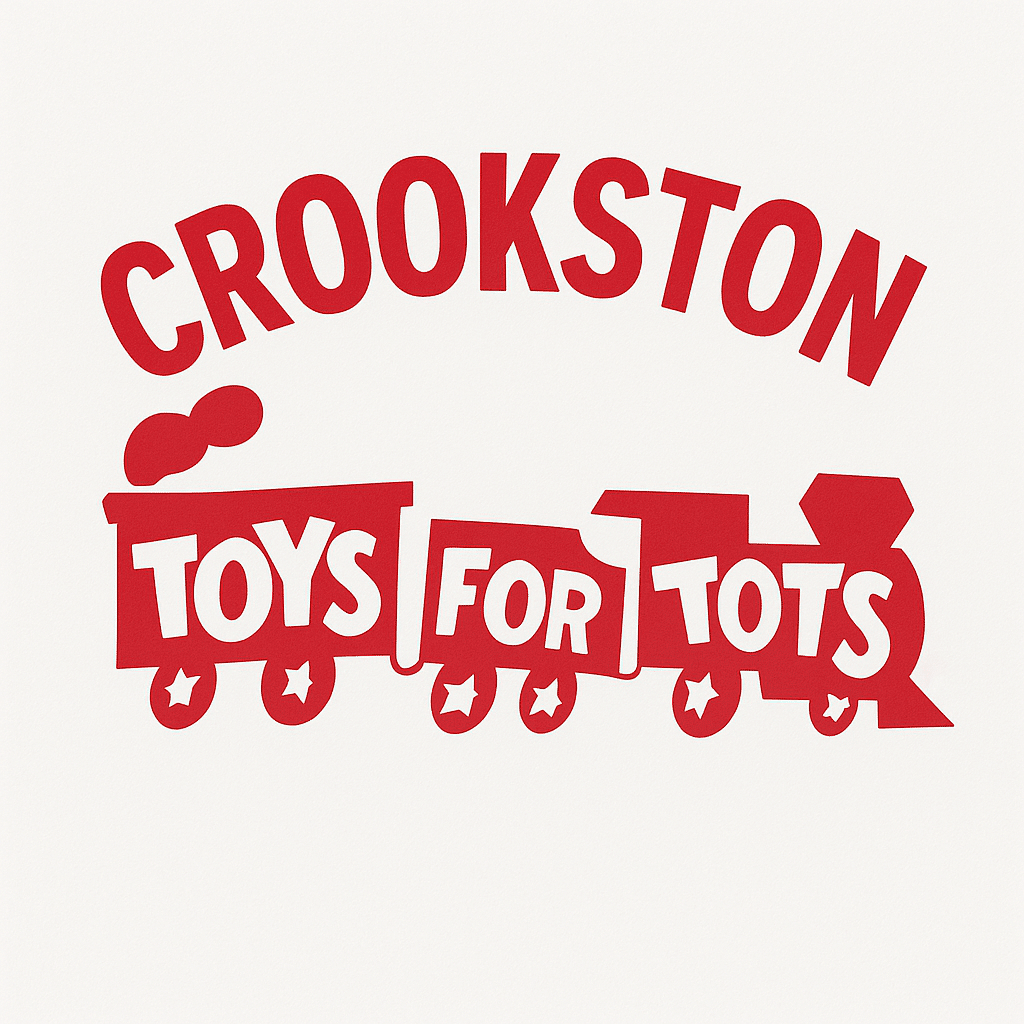Illegal drug use claimed the lives of hundreds of Minnesotans in 2017, a devastating toll that dominated headlines. Yet another 1,700 Minnesotans died that year – and die every year – from alcohol-related causes, with little public attention.
During National Alcohol Awareness Month in April, the Minnesota Department of Human Services (DHS) encourages everyone to learn about the dangers of excessive drinking – and the help that is available for those who need it.
“Alcohol abuse is rampant in society and in Minnesota, and we all know people who have been affected,” said Minnesota Department of Human Services Commissioner Tony Lourey. “The good news is, people can and do recover.”
In Minnesota, there were almost 22,000 admissions to treatment for alcohol in 2017. Minnesotans seeking help can access Fast-Tracker, a directory of mental health and substance use disorder resources across the state. For most people, treatment services are covered by insurance. For those who need it, financial help is available.
Alcohol is used more often and by more people than any other drug. Not only does it contribute it to more deaths, it also causes more injuries and illnesses.
Consider these facts:
- Alcohol use disorder is a chronic, progressive disease and fatal if untreated.
- For healthy adults, drinking more than these single-day or weekly limits is considered at-risk or heavy drinking, according to the National Institute on Alcohol Abuse and Alcoholism:
- Men: More than four drinks on any day or 14 per week
- Women: More than three drinks on any day or seven per week
The Institute says about one in four people who exceed these limits already has alcohol use disorder, and the rest are at greater risk for developing these and other problems.
For people seeking to better understand their own alcohol use and start taking steps to reduce risks, the National Institute on Alcohol Abuse and Alcoholism offers an interactive tool: https://www.rethinkingdrinking.niaaa.nih.gov/How-much-is-too-much/Whats-the-harm/What-Are-Symptoms-Of-An-Alcohol-Use-Disorder.aspx
Tags:



